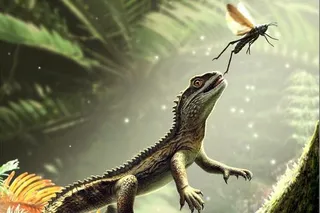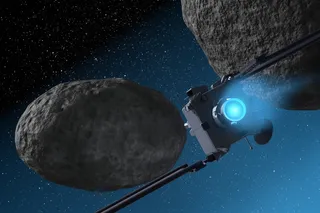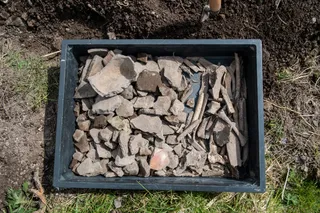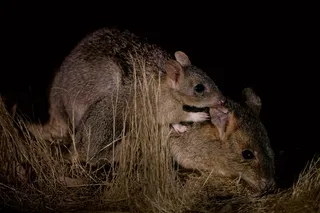This is a guest post from a member of Science in the News (SITN), an organization of PhD students at Harvard University whose mission is to bring the newest and most relevant science to a general audience. For over a decade, SITN has been presenting a fall lecture series at Harvard Medical School, with talks on a diversity of current and newsworthy topics, such as stem cell biology and climate change. SITN also publishes the Flash, an online newsletter written by graduate students at Harvard, which presents current scientific discoveries and emerging fields in an accessible and entertaining manner. SITN engages in additional outreach activities such as "Science by the Pint", and hopes students at other institutions will also make the commitment to strengthen science communication.
The following post is from Harvard graduate student Atreyee Bhattacharya. As devastating drought threatens sub-Saharan Africa, and millions are faced with starvation and socio-political ...













